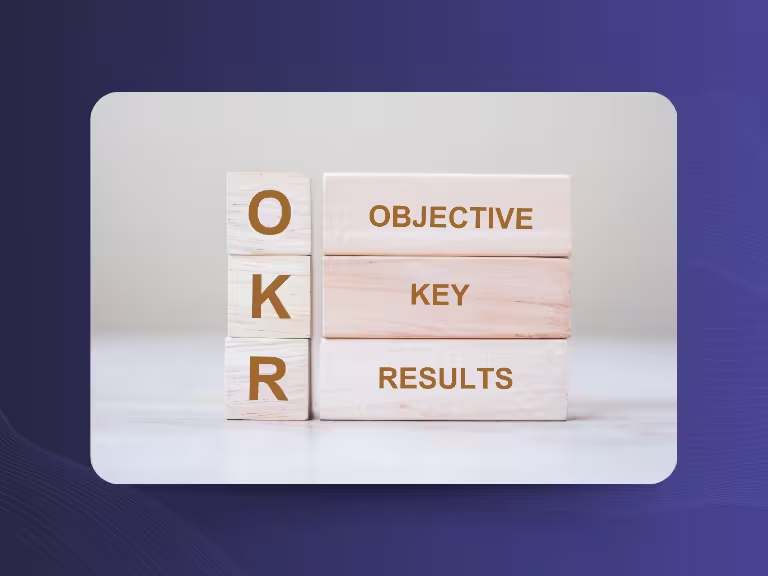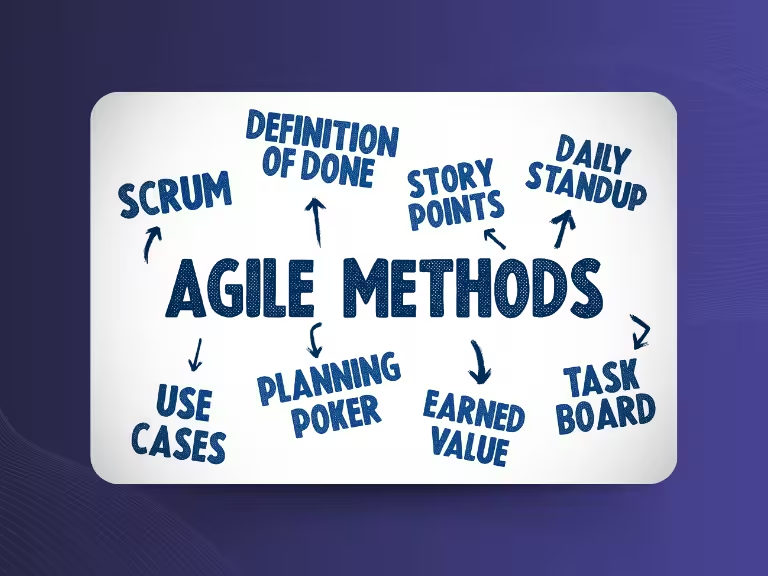Artificial intelligence (AI) is without a doubt one of the most fascinating, and often misunderstood, technologies of our time. Inspired by science fiction, media portrayals have sparked both excitement and confusion, fueling persistent myths that don’t reflect reality.
In this article, we’ll debunk three of the most common misconceptions about AI and explain why they don’t hold up under closer scrutiny.
Myth 1: AI Can Understand Human Emotions
One widespread belief is that AI can truly recognize and understand human emotions. While some systems can detect emotional cues through facial expressions, voice tone, or word choice, this doesn’t mean they actually “understand” emotions in the human sense.
AI analyzes data and patterns, not feelings. It can interpret signals and react accordingly, but it lacks genuine empathy or emotional awareness. The impression of emotional intelligence is just a product of well-trained algorithms—not human-like comprehension.
Myth 2: AI Can Do Everything Better Than Humans
Another common myth is that AI will eventually outperform humans in every possible task. While AI has surpassed human abilities in many specific areas—like data analysis, image recognition, or language translation—it still has clear limitations.
Human strengths like creative thinking, emotional intelligence, moral judgment, and relationship-building remain out of reach for AI. Rather than replacing people, AI is most effective when it augments human intelligence, allowing both to work in tandem.
Myth 3: AI Is Always Neutral and Objective
Many assume that AI systems are unbiased and objective by default. In reality, AI is built by humans—and that means it can carry over human biases.
If training data or design choices are flawed, AI systems can unintentionally amplify discrimination or reinforce stereotypes. That’s why it’s essential for developers to carefully monitor, test, and refine algorithms to ensure fairness, accuracy, and ethical behavior.
Conclusion
In the fast-moving world of artificial intelligence, separating fact from fiction is more important than ever. While AI is advancing rapidly, it still has clear limitations and should be approached with realistic expectations.
We hope this article helped clarify some of the common myths about AI. By understanding both its strengths and its boundaries, we can make smarter decisions and unlock the true potential of this transformative technology.

Test Meeting Transcription now!
We'll help you set everything up - just contact us via the form.
Test NowOr: Arrange a Demo Appointment





